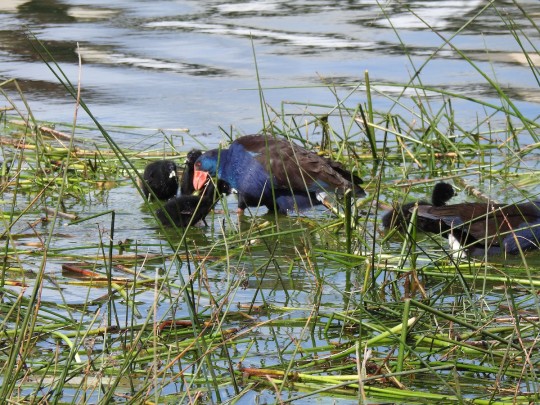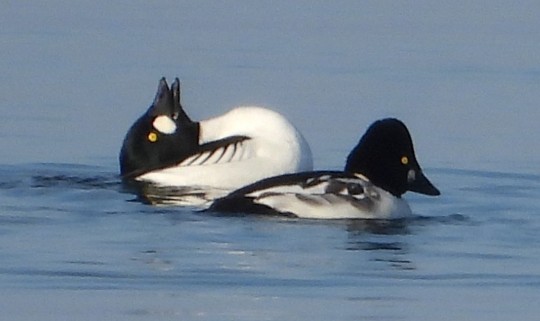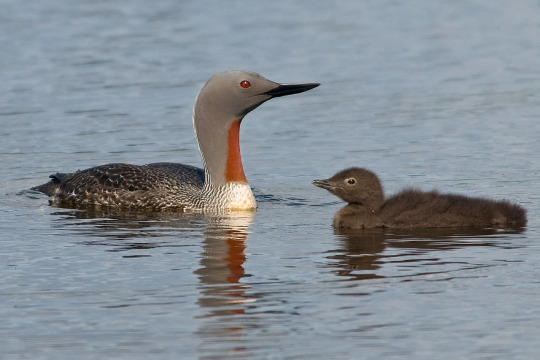Photo

Australasian Swamphen (Porphyrio melanotus)
© Marcus Singor
4 notes
·
View notes
Photo

Common Merganser (Mergus merganser)
© Regis Fortin
10 notes
·
View notes
Photo

Black-bellied Whistling Duck (Dendrocygna autumnalis)
© Hayley Rickett
22 notes
·
View notes
Photo


White Pelican
Pelecanus erythrorhynchos Sepulveda Basin Wildlife Reserve Los Angeles, California
74 notes
·
View notes
Photo

Pink-eared Duck (Malacorhynchus membranaceus)
© Ken Glasson
27 notes
·
View notes
Photo

Mallard (Anas platyrhynchos)
© František Kopecký
4 notes
·
View notes
Photo

Common Goldeneye (Bucephala clangula)
© John Wright
6 notes
·
View notes
Photo

American Coot (Fulica americana)
© Jim Parker
6 notes
·
View notes
Photo

Mallard (Anas platyrhynchos)
© Kate Schnurr
6 notes
·
View notes
Photo

Little Auk (Alle alle)
© Paul Gorday
21 notes
·
View notes
Photo

Oriental Darter (Anhinga melanogaster)
© Javier Robres
19 notes
·
View notes
Photo

Nēnē (Branta sandvicensis)
© Melanie Barnett
9 notes
·
View notes
Text
BOTD: Red-Throated Diver

^image credit: David Karnå / Wikimedia Commons / CC BY 3.0
Red-Throated Diver (Gavia stellata)
Also called the Red-Throated Loon, they are the smallest of the world's Loons/Divers ranging from 55 to 67cm (22 to 26 inches) in length. In the wild, the oldest known Red-Throated Diver lived for over two decades. As recently as the 1800s, the behaviour of the Red-Throated Diver was used to forecast the weather; according to typical beliefs at the time, birds flying inland or giving shorter cries predicted good weather, meanwhile those flying out to sea or giving longer cries predicted rain.
89 notes
·
View notes
Photo

Northern Shoveler (Spatula clypeata)
© Nigel Blake
#northern shoveler#spatula clypeata#anatidae#anseriformes#nigel blake#birds#flock of niche bird reblogs
5K notes
·
View notes
Photo

Mallard (Anas platyrhynchos)
© John Carson Essex UK.
6 notes
·
View notes
Photo

African Pygmy Goose (Nettapus auritus)
© Andrew Spencer
700 notes
·
View notes







